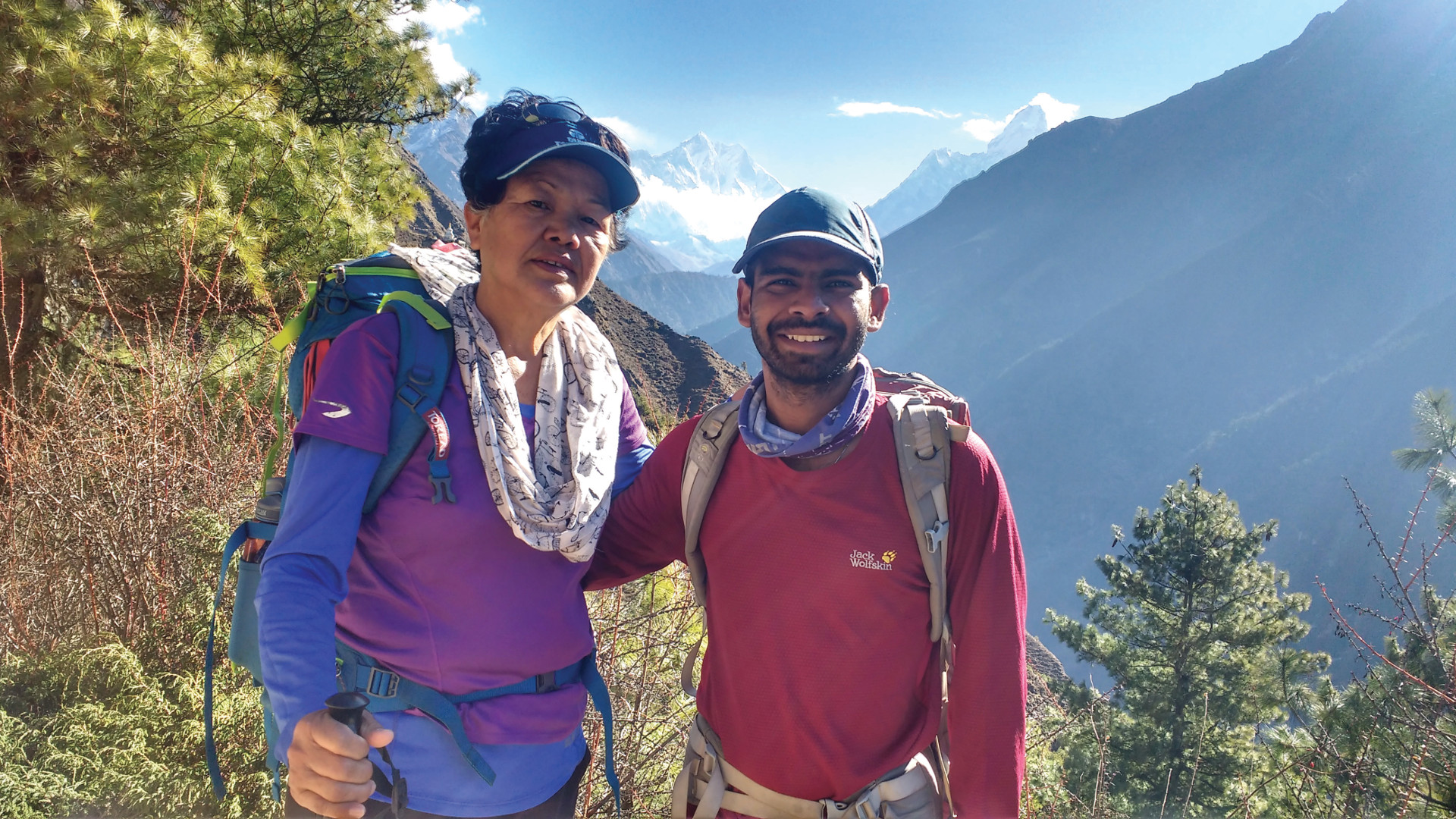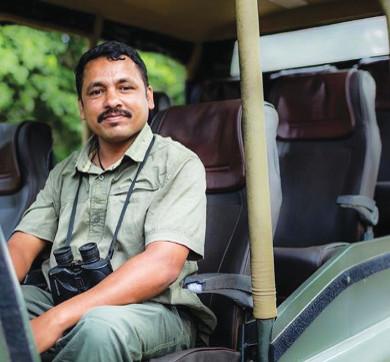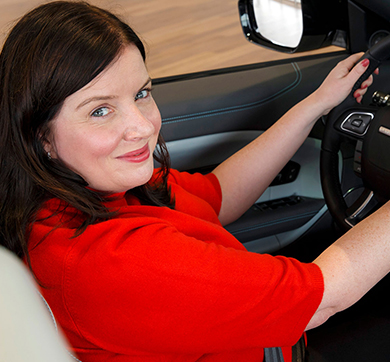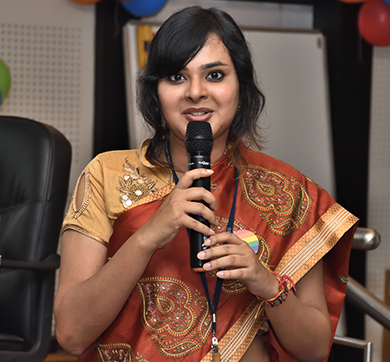August 2018 | 950 words | 4-minute read
Edmund Hillary, who along with Sherpa Tenzing Norgay, was the first to climb Mount Everest on May 29, 1953, had earlier attempted the feat as part of a British reconnaissance expedition in 1951. That attempt failed, and Hillary made a promise to himself and to the formidable peak at that time. He said, “I will come again and conquer you because as a mountain, you can’t grow… but as a human, I can.”
It is a statement that epitomises the spirit of the Tata Steel Adventure Foundation (TSAF), an outdoor leadership institute with a team led by Bachendri Pal, the first Indian woman to climb Mount Everest in 1984.
When Ms Pal returned after her momentous achievement, she received letters of congratulations and invitations to “work with us” from several organisations. But it was Tata Steel that she opted to stay with, disregarding the plethora of opportunities that had opened up.
She says, “Tata Steel supported me when I was nothing. The company employed me in the sports department in December 1983. I was selected to be in the team that would scale Mount Everest, but being in the team is no guarantee that you will be able to reach the top. I never forgot that gesture. My parents taught me to appreciate those that reach out to help us when we have done nothing to deserve that help. I took their advice to heart.”
A day after joining Tata Steel, Ms Pal left for the Mount Everest training camp, and from there onto the peak. She carried with her the Tata flag, given to her by Tata Steel. Exactly five months after joining the company, on May 23, 1984, she stood on the summit of Mount Everest, unfurling the Indian tricolour and the Tata flags.
On returning to Jamshedpur, Ms Pal was felicitated by Russi Mody, the then chairman and managing director of Tata Steel; at the function, he announced the setting up of a full-fledged department called the Tata Youth Adventure Centre, to be managed by Ms Pal. That centre was the precursor to TSAF.
Ms Pal says, “I didn’t even know how to make a budget then. In India, the idea of adventure sports had not yet caught on. How could I explain to people what they would gain by climbing a mountain? It had been just a few years since I had climbed Mt Everest.” Ms Pal likens the opportunity she was offered to feeling “as if I had gone from one Mount Everest to another.”
Learning while growing
There was much to be learned, and Ms Pal proved to be a determined and eager learner. She took advantage of all the opportunities offered to her. On foreign trips, she would visit local mountaineering groups. She attended a three-month train-the-trainers course at the Sir Edmund Hillary Outdoor Pursuits Centre in New Zealand. TSAF also invited trainers from America to train its people. These trainers added great value to the programme, and helped Ms Pal to craft a programme that would suit the needs of the company.
These learning programmes strengthened her convictions and helped her work out ways in which adventure could be used as a tool to achieve bigger goals. Finally, she had an answer to concerns about risks and hazards on an adventure trip. She says, “Risk is everywhere. When you face risk, you learn and you grow. We need to learn to get out of our comfort zones. There is so much we can learn from nature and from the community. Nature’s classrooms are truly stunning.”
Expanding the movement
Initially, the ‘outdoor leadership course’ was made compulsory for graduate engineer trainees. Ms Pal would lead teams up the Uttarkashi mountains for 14 days. Back then, it was more of an enjoyable orientation. Later, the team decided to focus on the seven skills of leadership: competence, communication, judgement and decision making, tolerance for adversity and uncertainty, self-awareness, vision and action.
Ms Pal says, “There are many ways to learn about leadership, but how do you learn to be a leader? We believe that adventures and expeditions call for skills that can help whether you’re climbing Everest or starting a new business. It’s a formula that applies to the wilderness and to life.”
The team at TSAF fine-tuned its curriculum, designing adventures and experiences that would teach participants the value of building the people around them, encouraging teamwork, reacting appropriately to different people and situations, developing self and peer leadership skills, being a good follower, and so on.
Participants learn the value of planning before execution, the traits of a good leader, how to communicate a message to one’s teammates properly, how to nurture a positive attitude and deal with change and uncertainty, the significance of strong interpersonal relationships, the importance of time management and flexibility in order to manage limited resources, etc. The beauty of the programme is that many of the most valuable lessons are not even taught in a classroom setting. They are imbibed by individuals through their experiences.
Discovering oneself
Under Ms Pal’s able and inspiring leadership, individuals learn to fight their limitations, to grow their capabilities and to recognise the importance of collaborating with companions during the journey.
She says, “Over the years, TSAF has trained and motivated seven people to climb Mount Everest. It has also helped thousands of others to climb their own Everests through the Outdoor Leadership Development Programme. Whether you’re climbing a mountain or embarking on a new business venture, these are the skills that will get you to the top. Planning, preparing, performing — it’s a formula that applies not only to the wilderness, but to the expedition of life.”













